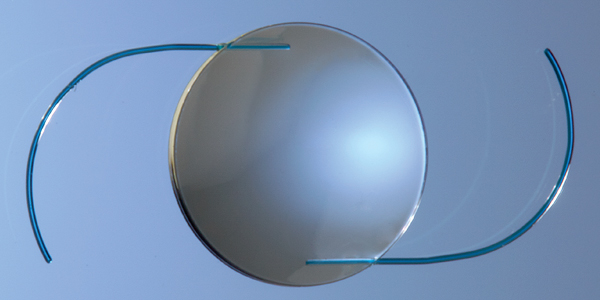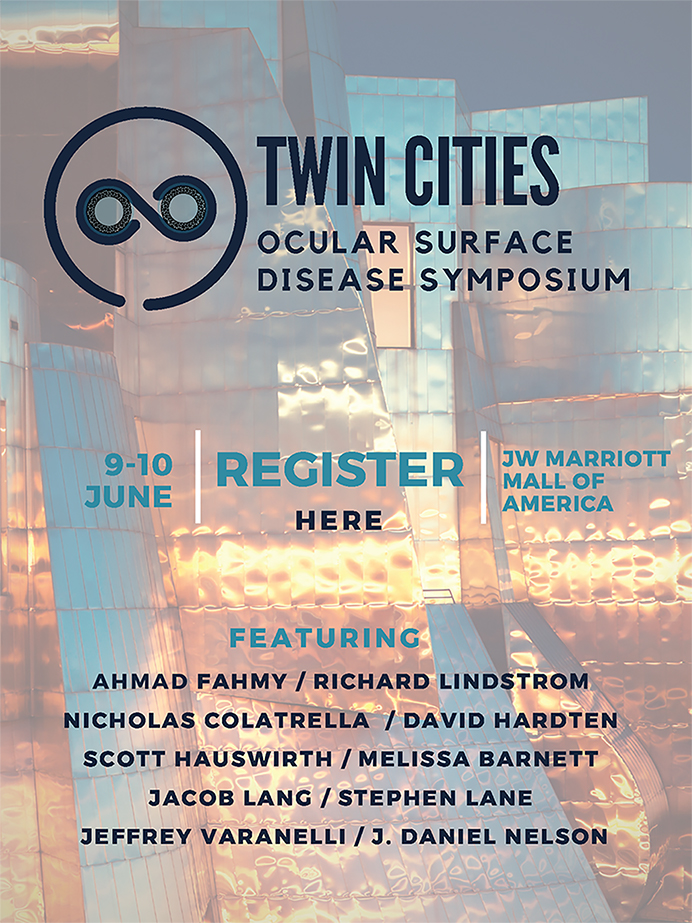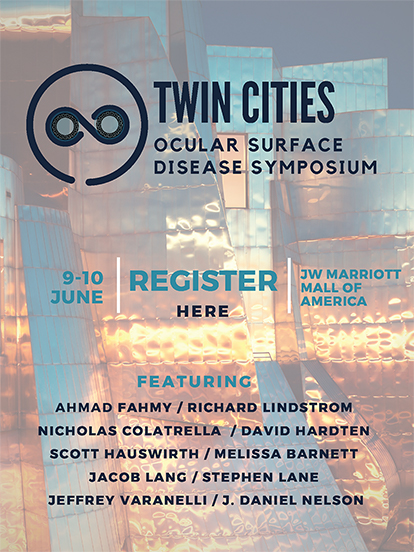The US Food and Drug Administration (FDA) approved RxSight’s Light Adjustable Lens (RxLAL; Figure) in November 2017. BMC Vision asked Vance Thompson, MD, FACS, an investigator in the device’s phase 3 study, to provide details on the RxLAL and its use.
BMC: How different is this technology from other IOLs, and what will that mean for its potential US adoption rate and surgeon learning curve?
Vance Thompson, MD, FACS: The »RxLAL is the only FDA-approved IOL that can be customized through a power adjustment after its implantation in the patient’s eye. I find that, when patients come to understand how implant measurements and calculations for standard IOLs are performed preoperatively and learn that certain aspects (like effective lens position) are an estimate, they love the idea of a lens that still uses all that same modern-day math but has a power that can be adjusted in their eye for true customization to their needs. This IOL overcomes many of the predictive limitations with which all surgeons struggle. Plus, the technology allows surgeons to account for variables such as final effective lens position and incisional healing—the factors that can delay the postoperative prescription of glasses.
I have no doubt that this shift from preoperative calculations and estimations to postoperative known refractive numbers will be disruptive. Moreover, by dramatically increasing surgeon and patient confidence in refractive outcomes, the RxLAL is likely to destress and grow the premium channel. No time or learning curve is added to the cataract removal or IOL implantation procedure. Instead, the additional work is shifted postoperatively. All ophthalmologists and optometrists are used to this with glasses, so the RxLAL provides a perfect opportunity for ophthalmologists to collaborate with optometrists, who are perfectly suited to the kind of refractive counseling associated with this lens.

Figure. The RxLAL.
Postoperatively, the optometrist will send the patient back to the surgeon for an adjustment based on the targeted refraction the patient has selected. The surgeon will double-check the prescription and show the patient various options, such as both eyes corrected for distance or some monovision. Then, the patient will decide what sort of vision he or she would like.
This technology is a game-changer because, with all other implants, we eye care providers have to try to paint word pictures for patients regarding their vision options. We cannot show them their options, as we do in contact lens fittings and refractive surgery, because their cataracts do not allow this. With the RxLAL, we will be able to simulate various refractive options postoperatively and adjust the IOL power to that desired correction, a process we can repeat (with another adjustment) if patients so desire—for instance, for more powerful near vision. When they are happy with their implant power or final vision, we can lock it in so they can enjoy that result for the rest of their lives.
BMC: What is the regimen for UV protection after implantation of the RxLAL?
Dr. Thompson: After surgery, patients receive two pairs of RxSight PostOp Spectacles to protect the implant from extraneous sources of UV light. One pair is clear for use indoors, and the other is tinted for bright conditions. Patients are to wear the spectacles during waking hours until the adjustment and lock-in process is complete. After lock-in, UV glasses are not required.






